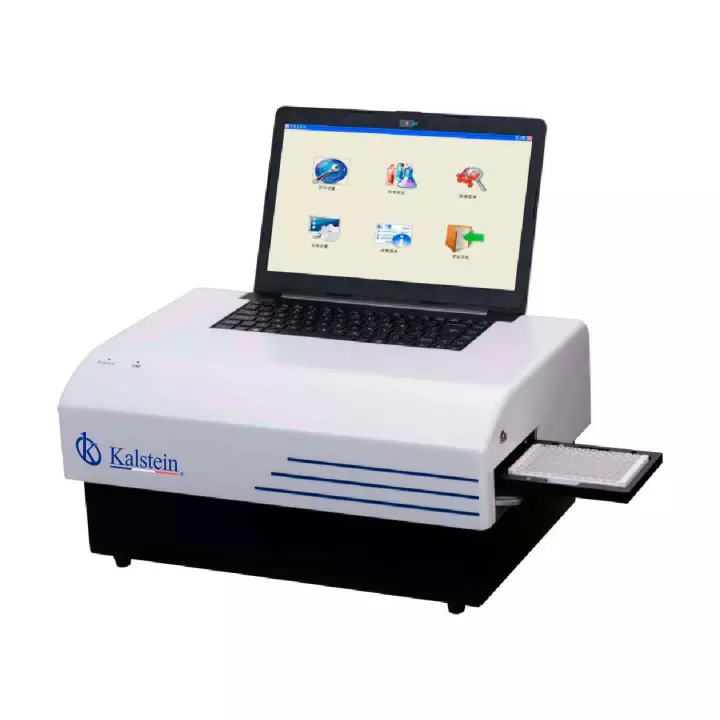Semi-automated chemistry analyzers, in general, are very specialized and expensive equipment. Its conservation depends largely on the way of installation and use. This team is one of the main diagnostic and research instruments developed by humans. It is used in the laboratory in order to determine the concentration of a substance in a solution, thus allowing quantitative analysis.
How do these devices work?
As we know, it uses the properties of light and its interaction with other substances, to determine their nature. In general, the light of a lamp of special characteristics is guided through a device that selects and separates light of a certain wavelength and passes it through a sample. The intensity of the light that leaves the sample is captured and compared with the intensity of the light that affected the sample and from this the transmittance of the sample is calculated, which depends on factors such as the concentration of the substance.
What practical considerations should I consider for the use of my analyzer?
- Perform the equipment calibration, each time the analysis of a group of samples is performed.
- Keep the sample holder lid closed during the measurement process, to ensure proper reading.
- Avoid reusing disposable cuvettes.
- Use only quartz cuvettes, to perform analyzes below 310 nm.
- Avoid the use of plastic cuvettes, if organic solvents are used.
- Use high quality boron silicate glassware to prepare standards. Avoid the use of sodium glassware – sodium oxide – whenever possible, because prolonged contact with the standards can permeate it and, consequently, produce erroneous results.
- Carefully clean the glass cuvettes after use. Discard those that have scratches on the polished surface.
- Use high quality reagents if possible. Low quality reagents can cause contamination even at very low concentrations. The diluents used – water or solvents – must be free of impurities.
- Verify that the samples or standards have not been degassed inside the cuvettes.
- Take into account, when it is intended to use new procedures, that not all substances comply with Beer’s law. Carry out linearity tests on the range of concentrations to be used.
What to do when a spill occurs?
- Turn off the spectrophotometer and disconnect the power cable.
- Use a syringe to clean the sample holder.
- Absorb as much liquid as can be extracted.
- Dry the sample holder with a medicinal cotton swab.
- Use special paper for lens cleaning or a piece of clean, soft, spun-free cloth to clean the photocell window.
- Clean the outside of the instrument with a piece of cloth moistened with distilled water. Include the screen, controls and keyboard.
Thinking of you at Kalstein, we offer high quality semi-automated chemistry analyzers of high quality, which will be of great help in your laboratory, thanks to its versatility and technology. That’s why we invite you to take a look at our spectrophotometers available HERE


